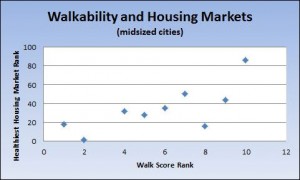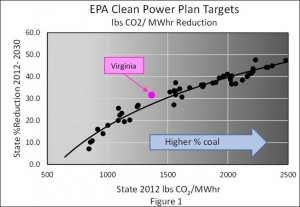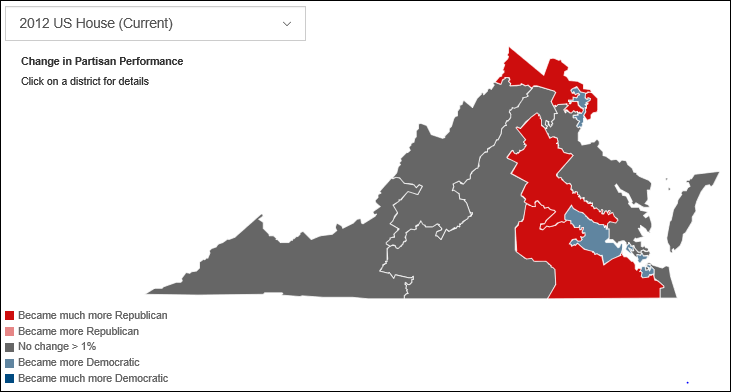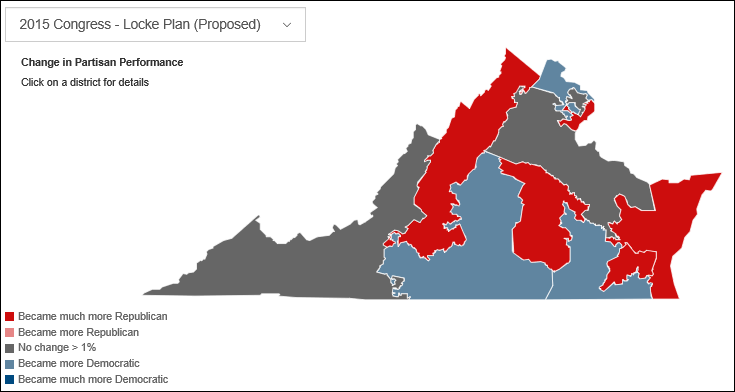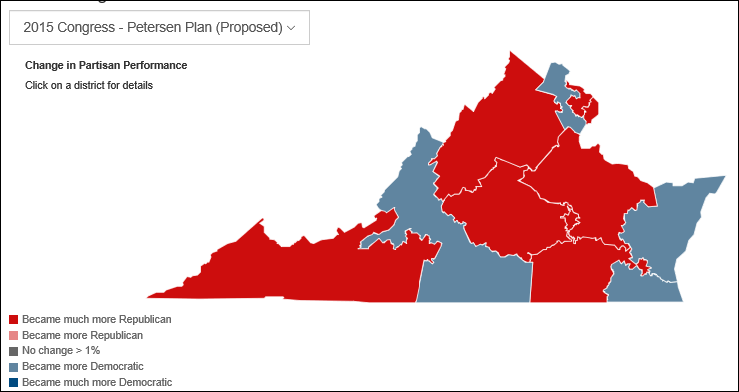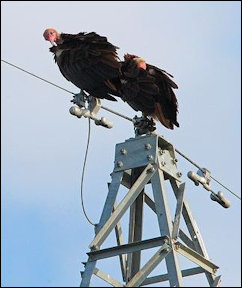
Buzzards on a power line — no telling what might cause an outage.
If you want to understand why Dominion Virginia Power does what it does, visit the Henrico County operations center where the company manages 6,400 miles of electric transmission line.
by James A. Bacon
Electric power companies have spent tens of billions of dollars hardening their electric transmission grids and building redundant systems to guard against the varied threats that nature, mankind and animals throw against them. Tornadoes, hurricanes and ice storms pose a frequent danger. Then there are the ditch diggers who cut underground lines, the loggers who drop trees onto above-ground lines and the barges that run into river-spanning towers.
And let’s not forget the vultures. There have been documented instances of large birds knocking out power lines. A buzzard perched on a power line in a sub-station might take flight, releasing what Kevin Curtis, director of transmission planning for Dominion Virginia Power, politely refers to as a “streamer.” The material creates a connection between a conductor and a tower, and kaboom! Says Curtis: “It’s not uncommon on a landfill [near a power station] to find a dead buzzard on the ground.”
It’s Curtis’ job to preserve the reliability of Dominion’s electric grid, which serves roughly five million Virginians and a not inconsiderable number of North Carolinians in the face of fluctuating temperatures, power surges, foreseeable threats like storms and hurricanes, and crazy stuff like an uncontrolled emission of buzzard poop that no one can predict.
The good news is that the electric grid is more robust than it was on August 14, 2003, around 2 p.m., when a high voltage power line in northern Ohio became overloaded, heated up, drooped, brushed against some overgrown trees and shut down. The voltage in the system found alternate routes and overloaded new lines, three of which shut off. A cascade of failures ripped through southeastern Canada and eight northeastern states. Fifty million people lost power for up to two days in the worst blackout in North American history.
As disruptive as the infamous 2003 Northeast Blackout was for electricity customers — it contributed to at least 11 deaths and cost an estimated $6 billion — it was traumatic for the electric power industry, which has since re-engineered the North American grid to ensure, hopefully, that nothing similar happens again.
The bad news is that new threats to the grid, what some have called the world’s largest and most complex machine, are emerging: an electro-magnetic pulse from nuclear weapon, cyber-attacks, terrorist sabotage and, more prosaically, a re-structuring of the grid for environmental purposes that entails shuttering stable, reliable coal-fired power plants and plugging in intermittent power sources such as solar and wind power. The utility has a host of critics who maintain that it’s moving too slowly on reducing CO2 emissions, it’s too stodgy about implementing new smart grid technology, it’s insensitive to landowner rights, its transmission lines are blasting through Virginia’s cultural heritage. And they all have a point. But, then, it’s not the critics’ job to keep the lights on. It’s Dominion’s. And the stakes are very high.
As part of my coverage of energy and environmental issues (sponsored by Dominion), I determined that I needed to learn a lot more about how the electric grid works — not the distribution lines that run through our neighborhoods but the backbone of the system, the high-voltage transmission lines that transport electricity from power plants to sub-stations where the voltage is stepped down to levels for transfer to the distribution lines. I asked David Botkins, director of media relations, for a tour of the Dominion Operation Center in Henrico County. Not only did he agree, he lined up Kevin Curtis, director of transmission planning, as the tour guide.
The operation center in Innsbrook takes security seriously. Visitors are not allowed admittance to the main operations room itself but to a viewing room, with movie theater-style seating, a locked door and a retractable screen that is kept closed except for scheduled viewings. No photography was allowed. I was only the third journalist granted admittance to the viewing room in 11 years. The others were a reporter from NPR and a reporter for the Richmond Times-Dispatch. I wasn’t sure whether to be flattered or whether the subject was just so esoteric that most journalists never think to ask.
The viewing room opens onto a much larger room — the brain of Dominion’s electric grid — with about a half dozen work stations and a massive wall board. The wall schematic displays the 6,400 lines of transmission line in the Dominion system: 500 kv lines in green, 230 kv lines in blue, and 115 kv lines in red. Bulbs light up at critical junctures like power plants, sub-stations and other important nodes to indicate an “abnormal” condition.
In Curtis’ ideal world, the board is blank — no lights. That means everything is functioning entirely normally. (Ironically, everything being normal would be an abnormal situation; there is always something going on.) A light is not necessarily a cause for alarm: Often it simply means that a facility is down for planned maintenance, as was the case for a Pentagon City substation that lit up like a Christmas tree the morning I visited. But every light makes the job of keeping the grid stable just a little more complicated.
Dominion runs a computer program every three minutes to check for trouble in the system. As a double check, PJM Interconnection, the regional transmission organization of which Dominion is a part, also runs a computer program. There is zero tolerance for allowing a situation that might lead to a melt-down. The standard set by the North American Electric Reliability Council (NERC) is to keep at least “two contingencies” away from a crisis. In other words, the system must maintain enough redundancy to accommodate two unplanned outages in extreme conditions. All it takes to shed load, says Curtis, is “a one in a million chance of a breakdown.” Continue reading →
